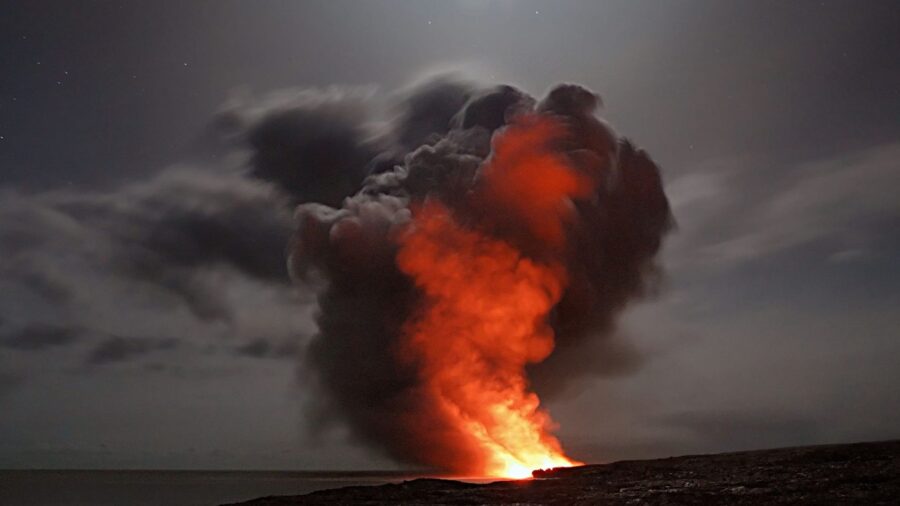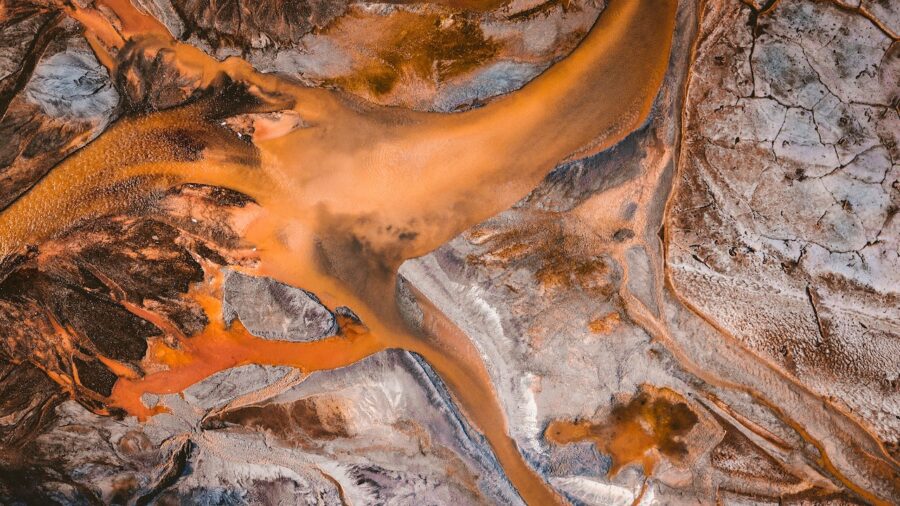Scientists Monitor Unusual Earthquake Surge In West Coast Volcano, Eruption Inevitable?

From the threat of the occasional swarm of murder hornets to the reality of rapidly intensifying hurricanes, if living in the post-2020 timeline has taught us anything, it’s that the next possible worst-case scenario is always right around the corner. For the people of Washington, the unusual surge in earthquake activity in the state has certainly put the eventual eruption of Mount Adams back on everyone’s doomsday radar.
However, despite detecting six recent earthquakes underneath Washington’s largest active volcano, scientists still believe that there is no imminent threat to an upcoming eruption.
Mount Adams In Washington

According to the U.S. Geological Survey Cascades Volcano Observatory, six earthquakes were detected underneath Mount Adams in September, which shatters the previous record of earthquakes in a month in the region since monitoring began in 1982. On average, the mountain sees roughly one earthquake every two or three years, making the recent surge of earthquakes an eye-opening anomaly. While the number of earthquakes might cause some to sound the alarm, they remained on the small side, ranging between the magnitudes of 0.9 to 2.0.
Waking Back Up?

While answering questions about the possible concern of a looming Mount Adams eruption, Holly Weiss-Racine, a geologist with the Volcano Observatory, remained adamant that they have yet to detect any signs that the volcano has begun to “wake back up.”
Referring to the six recent earthquakes, Weiss-Racine noted that while the quakes were “interesting” considering the region’s historic record, they still amounted to “nothing meaningful.”
Results Of An Eruption?

Weiss-Racine said that the observatory would wait for seismic activity to pick up before becoming concerned about things such as a rise in the magnitude of the earthquakes or a spike in gas emissions from the ground. “Right now, we’re not seeing any of those things,” Weiss-Racine revealed. “We’re just seeing these six earthquakes.”
According to Weiss-Racine, even if Mount Adams were to erupt, there likely wouldn’t be a catastrophic event with a potentially massive loss of life. Weiss-Racine noted that while Mount Adams is large in size, the volcano is not “very explosive” and wouldn’t produce a lot of ash that most would expect from an eruption.
Last Eruption Thousands Of Years Ago

The last eruption of Mount Adams occurred at some point between 3,800 and 7,600 years ago. Based on historic and geological records, it is predicted that a Mount Adams eruption would result in the production of a thick and sticky lava flow, which would wreak havoc on nearby habitats but would pose a less of a threat to people. While there are numerous campsites and trails around Mount Adams, the nearest incorporated town by the mountain is like Trout Lake, Washington, which is about 14 miles away.
Mudflows Would Be The Concern

Although ash would not be a major threat to the town of Trout Lake in the event of a Mount Adams eruption, the formation of lahars and destructive mudflows on the slopes of volcanoes could become the area’s biggest concern.
According to the United States Geological Survey (USGS), lahars are capable of flowing for miles, picking up a trail of debris and swallowing everything in its path. These powerful mudflows are often considered one of the most threatening hazards in the Cascades.
Following the detection of the recent uptick in earthquake activity, the Cascades Volcano Observatory installed an additional temporary seismic station at a trailhead on October 7 and will add two more closer to Mount Adams in the coming weeks.
Currently, there is just one permanent monitoring station, which is located around seven miles southwest of the summit of Mount Adams.
Source: Oregon Capital Chronicle











